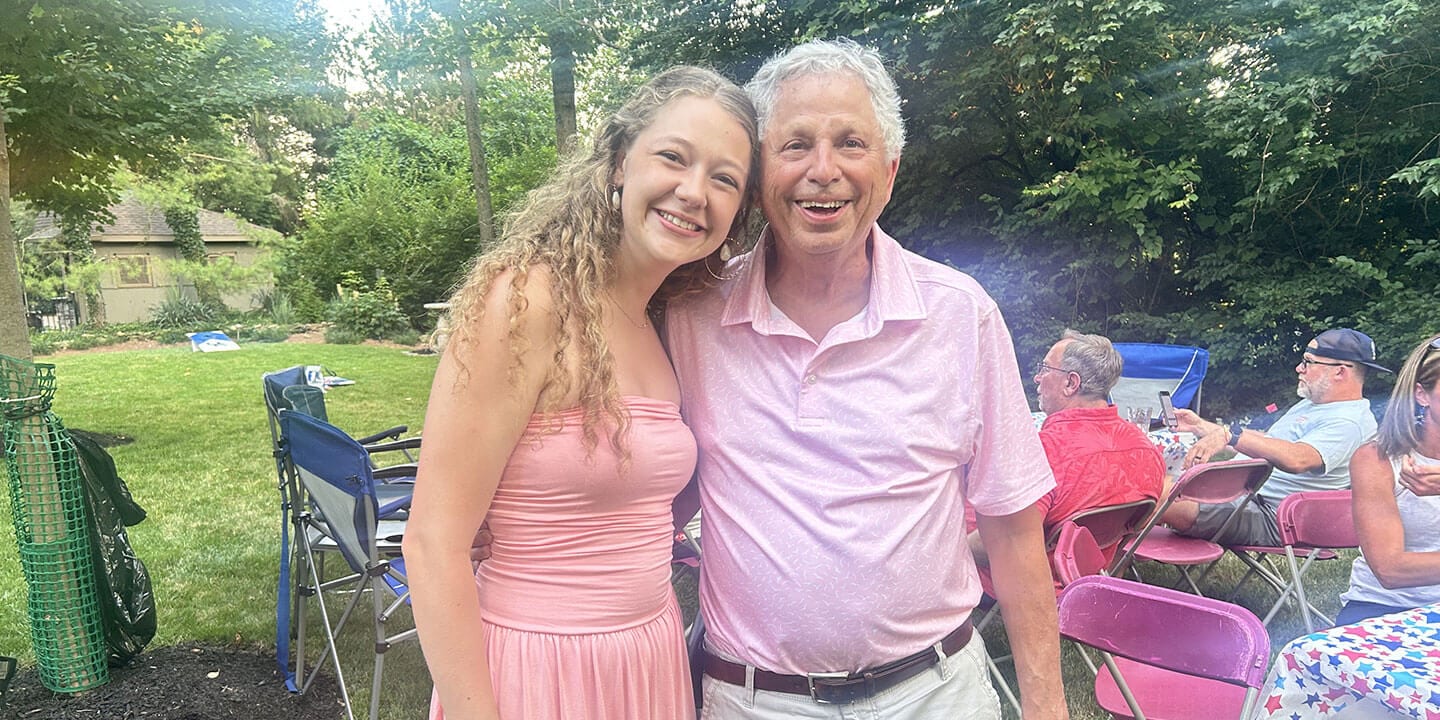
No Gym? No Problem! Easy Ways to Stay Active in College
College can get hectic! It’s easy to get lost in the moment and forget to take care of yourself. And since many cognitive and motor processes are interconnected, physical activity helps boost your mental health as well as your overall health.
Studies show that people experience increased cognitive function after exercising, meaning you will ultimately be helping your studies by taking a break from the books to get up and move. And no, you do not have to exert yourself at your maximum level to see these benefits!
As a senior in college who prioritizes fitting exercise into my busy schedule, I will share some ways to help get enough activity in your routine without sacrificing your grades to do it.
Outdoor Recreation: Hiking Near Campus
Hiking isn’t always the best activity in a time crunch, but it is very rewarding, and spending time away from the hustle and bustle of college is crucial for your mental health. I love to use the All Trails app to find trails near me, as it is free and easy to use. Many universities also have resources accessible online and rentable gear. This information can usually be found using Google, your university’s recreation site, or your student union. You might be surprised by how many trails are hidden near your campus!
On-Campus Commuting: Walking & Biking
Depending on how close you live to campus, taking the extra few minutes to walk to your class pays off. I always feel much more refreshed getting to class after taking non-motorized transportation, and it is easy to fit into your schedule!
Another thing I love to do is walk or bike around campus. I know my campus like the back of my hand, but I still find it beautiful every time I explore it.
Intramural Sports: Team Fitness & Fun
Not only are intramural sports great exercise, but they are also a terrific way to make new friends who share the same hobbies as you. This may seem daunting if you are new to it, but there are usually leagues of all skill levels for various sports. I had barely heard of flag football when I started college. Still, I decided to join an intramural league on a whim and absolutely loved it!
Student Yoga: Finding Zen on Campus
All you need for a yoga session is either grass or a floor, and a towel or a yoga mat (if you have one). This is a great way to get in some light exercise and de-stress. There are multiple types of yoga, and you can download apps or use YouTube to discover which types are most suited for you.
Racket Sports: Fun & Fitness on the Court
Last but certainly not least, racket sports can fit into the intramural sports category or could be something you do at your convenience. Whether you are a tennis enthusiast or have never touched a racket, it is not too difficult once you learn the basics. If you are brand new, I would recommend pickleball, but if you’ve had some experience, badminton or tennis are also great options. These types of sports are a fun way to multitask socializing with aerobic exercise.
These are some of my favorite ways to stay active, even with a busy schedule. You can try one of these suggestions or explore other options that fit your interests. Finding time for exercise isn't about sacrificing study time; it's about enhancing your overall well-being and academic performance. The next time you’re fatigued from studying, remember that breaks for physical activity can be more beneficial than pushing through the exhaustion.
Do you have a compelling story or student success tips you’d like to see published on the Pearson Students blog? If you are a college student and interested in writing for us – click here to pitch your idea and get started!







